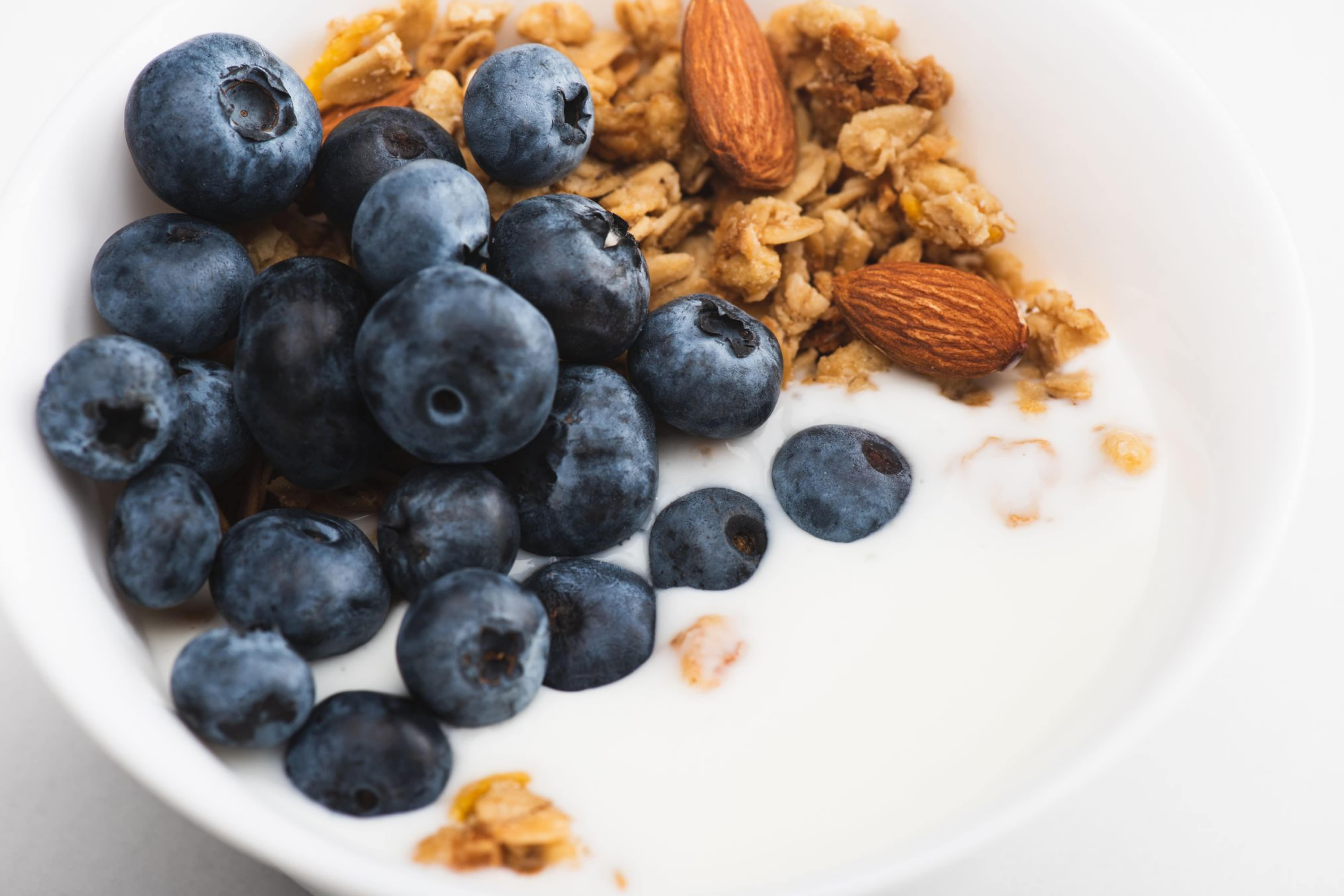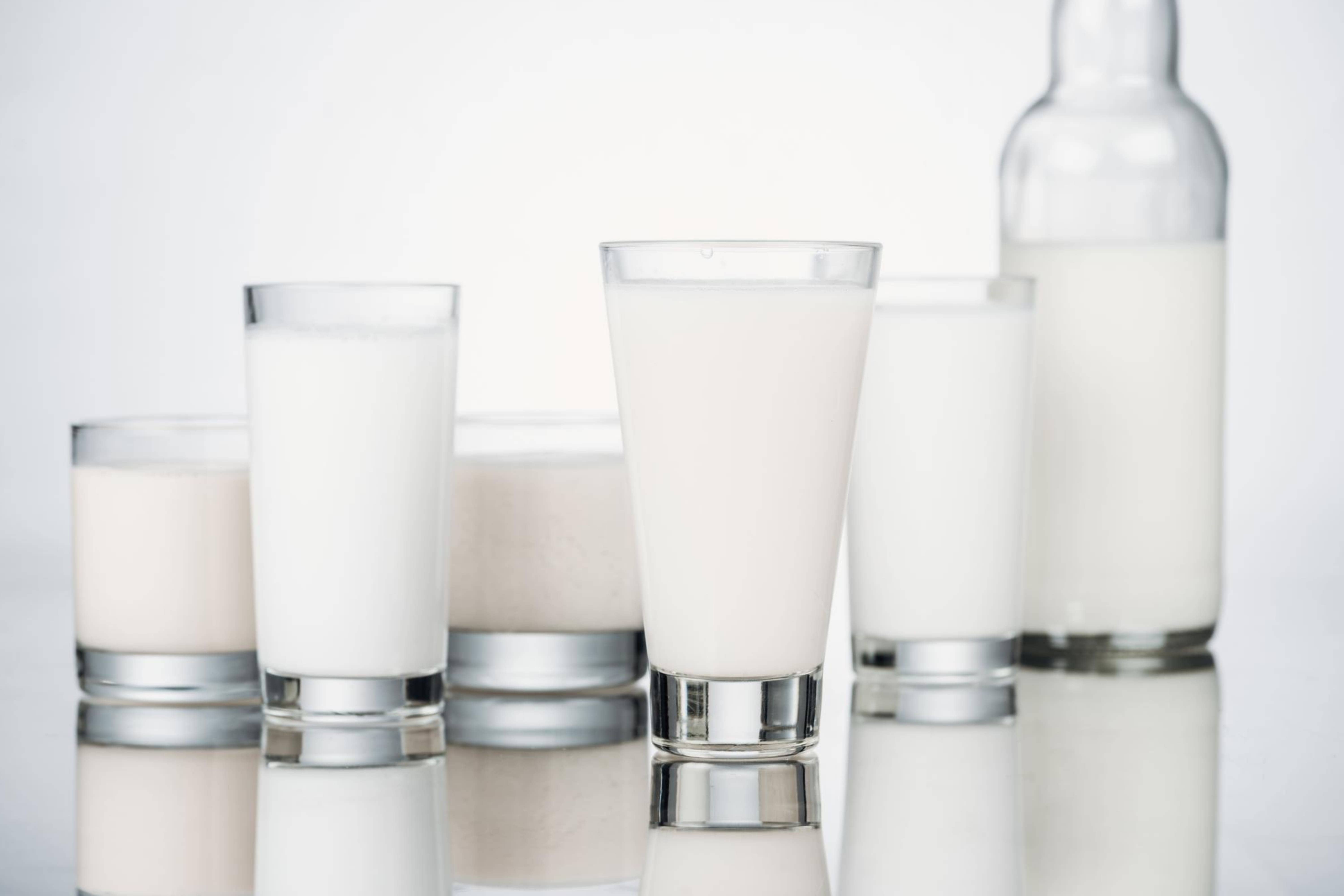Almond milk has taken the world by storm, proving to be a versatile and flavorful alternative to traditional dairy. With its myriad of health benefits, it’s the go-to choice for millions. Whether it’s for a cozy latte, a bowl of cereal, or a baking ingredient, knowing how to heat almond milk properly ensures that you get the most out of its delicious taste and creamy texture.
However, heating almond milk requires a bit more attention and care compared to its dairy counterpart, to maintain its flavor and prevent it from separating or burning. In this comprehensive guide, we are going to explore various methods, tips, and tricks to heat almond milk to perfection.
We are also going to delve into its benefits, offering a closer look at why it’s become such a popular choice.
Benefits of Almond Milk
Almond milk is renowned for its nutritional benefits and is an excellent option for those who are lactose intolerant or opting for a plant-based diet. Here’s why it’s a great addition to your diet:
Rich in Vitamins and Minerals
Almond milk is rich in vitamin E, an antioxidant known for its anti-aging properties, and is a good source of calcium, essential for bone health.
Low in Calories
It’s a lower-calorie option compared to cow’s milk, making it a preferred choice for those managing their calorie intake.
Dairy-Free and Vegan
For those avoiding dairy or following a vegan lifestyle, almond milk is a delightful and suitable alternative.
Heating Almond Milk: The Methods Compared
Heating almond milk might seem straightforward, but each method has its advantages and disadvantages. The key is to heat it slowly and avoid high temperatures to prevent alterations in taste and texture.
Microwave Method
The quickest way to heat almond milk is by using a microwave. Pour the milk into a microwave-safe container and heat it on medium power, stirring every 30 seconds to avoid hot spots and ensure even heating.
Stovetop Method
Heating almond milk on the stovetop allows for more control over the temperature. Use a saucepan and constantly stir the milk on medium heat until it reaches the desired temperature.
Steam Wand Method
For those who love a frothy latte, a steam wand is your best bet. The steam not only heats the almond milk but also introduces air, creating a creamy and velvety texture.
Tips and Tricks for Perfectly Heated Almond Milk
While heating almond milk might seem simple, there are a few tips and tricks that can ensure you achieve the perfect temperature and consistency every time.
Use a Thermometer
Monitoring the temperature prevents overheating and helps in maintaining the milk’s nutritional value and flavor.
Stir Frequently
Regular stirring avoids the formation of a skin on the top and ensures even heating.
Avoid High Temperatures
High heat can cause the almond milk to separate and alter its taste. It’s best to heat it over medium or low heat.
Understanding how to properly heat almond milk opens up a world of culinary possibilities. Whether you prefer it as a warm, comforting drink or as a versatile ingredient, following the discussed methods, tips, and flavor enhancements will allow you to enjoy almond milk at its best. Happy sipping!

Flavor Enhancements for Heated Almond Milk
Once you have mastered the art of heating almond milk, you can explore various additives to enhance its flavor. Whether it’s a hint of sweetness, a dash of spice, or a splash of vanilla, the possibilities are endless.
Sweeten it Up
A spoonful of honey or a dash of maple syrup can add a sweet twist to your warm almond milk.
Spice it Right
Cinnamon, nutmeg, or a pinch of saffron can infuse your almond milk with a delightful and aromatic flavor.
Add a Splash of Vanilla
Vanilla extract can enrich your almond milk with a subtle and soothing aroma and taste.

Unveiling the Benefits of Almond Milk
Almond milk has emerged as a popular and versatile alternative to cow’s milk, especially favored by those who are lactose intolerant, allergic to dairy, or following a vegan lifestyle. It’s not just its creamy texture and nutty flavor that have won people over, but also its numerous health benefits. Here’s a closer look at why incorporating almond milk into your diet could be a game-changer.
1. Rich in Nutrients
Almond milk is loaded with vitamins and minerals vital for maintaining optimal health. It’s an excellent source of vitamin E, a powerful antioxidant known to combat inflammation and stress in the body. Although it’s not naturally high in calcium, many commercial brands are fortified with it, making it a bone-friendly beverage. It’s also often enriched with vitamin D, which is essential for bone health and immunity.
2. Low in Calories
For those watching their caloric intake, almond milk stands out as a smart choice. One cup of unsweetened almond milk contains around 30 to 50 calories, significantly less compared to the 80 calories found in one cup of skim cow’s milk. This makes it an ideal option for those aiming for weight management or reduction.
3. Heart-Healthy Choice
Almond milk contains no cholesterol and has a low saturated fat content, making it a heart-healthy option. The presence of Omega-3 fatty acids in almonds helps maintain heart health by reducing inflammation and improving arterial function, potentially lowering the risk of cardiovascular diseases.
4. Blood Sugar Friendly
Unlike cow’s milk, unsweetened almond milk has a low glycemic index, meaning it won’t significantly spike your blood sugar levels, making it suitable for those managing diabetes. It’s crucial, however, to choose unsweetened varieties, as sweetened versions can be high in added sugars, negating this benefit.
5. Bone Strength and Health
As mentioned, many almond milk varieties are fortified with calcium and vitamin D, both crucial for maintaining strong and healthy bones. Adequate calcium intake is associated with a lower risk of osteoporosis, particularly important for postmenopausal women and older adults.
6. Dairy-Free and Lactose-Free
Almond milk is a boon for those who are lactose intolerant or have a cow’s milk protein allergy. It’s plant-based, making it a vegan-friendly option, and its dairy-free nature means it can be a suitable, reaction-free alternative for many.
7. Skin-Friendly
The high levels of vitamin E in almond milk make it a skin-friendly beverage. Vitamin E is known for its ability to protect the skin from damaging UV rays and oxidative stress, promoting skin health and possibly reducing the signs of aging.
8. Easy Digestion
Almond milk is naturally lactose-free, making it easily digestible for those who are lactose intolerant. It’s a suitable option for those with sensitive digestive systems, offering a smooth and gentle alternative to regular dairy.
9. Culinary Versatility
Beyond its health benefits, almond milk’s culinary versatility also deserves a mention. It can seamlessly replace dairy in a plethora of recipes, from savory to sweet. Whether it’s in smoothies, baking, sauces, or simply as a refreshing beverage, its mild and pleasant flavor makes it a versatile kitchen companion.

Storing Almond Milk: The Right Way and Spoilage Indicators
Almond milk has become a popular alternative to dairy milk due to its delicious flavor and numerous health benefits. Proper storage is crucial to maintain its quality, flavor, and nutritional value. Moreover, knowing how to identify if it has spoiled is vital to avoid health issues. In this article, we will delve into the proper ways to store almond milk and the signs that it has gone bad.
Proper Storage of Almond Milk
1. Before Opening:
Almond milk, whether homemade or store-bought, should be stored in a cool, dark place before it’s opened. Most commercial almond milk is shelf-stable until opened due to the UHT (Ultra High Temperature) processing it undergoes, which allows it to be stored unrefrigerated. However, always check the label, as refrigerated varieties also exist and must be kept in the fridge.
2. After Opening:
Once opened, almond milk needs to be refrigerated immediately. It should be stored at a temperature below 40°F (4°C) and consumed within 7-10 days. Keeping it sealed and avoiding exposure to heat and light will also help in maintaining its freshness and flavor. Always ensure to use a clean utensil to avoid introducing bacteria into the container.
3. Homemade Almond Milk:
Homemade almond milk lacks preservatives, making it more perishable. It needs to be refrigerated right away and typically lasts for about two to three days. Using sterilized bottles or containers for storage can extend its shelf life slightly.
Recognizing Spoiled Almond Milk
1. Change in Smell:
A sour or off-putting smell is a clear indicator that almond milk has spoiled. Fresh almond milk has a mild, sweet, nutty smell. Any deviation from this, especially a sour or rancid odor, means it’s time to discard the milk.
2. Alteration in Texture and Appearance:
Fresh almond milk has a smooth, creamy texture. If it has developed clumps, curdles, or visible mold, it’s a sign of spoilage. Additionally, if there is a separation that doesn’t resolve with shaking, it is likely bad. Any discoloration, such as a yellowish hue, is also a spoilage indicator.
3. Taste Deterioration:
If there’s any doubt after visual and olfactory inspection, a small taste can confirm the quality of the almond milk. Any sour or off taste is a signal that the milk is spoiled and should be immediately discarded.
4. Check the Expiry Date:
Commercial almond milk comes with a ‘use by’ or ‘best before’ date, providing a timeframe for its optimal quality. While it may still be safe for a short period post this date, any changes in smell, texture, or taste indicate spoilage.
Safety and Precautions
Understanding that almond milk, like any other perishable food item, requires proper handling and storage is essential to prevent spoilage. Consuming spoiled almond milk can lead to foodborne illnesses, so it’s crucial to dispose of it at the first sign of spoilage.
Here are some safety and precautionary measures:
Avoid Cross-Contamination
Ensure that utensils used are clean and avoid contact between the milk and foods that could contaminate it.
Store Properly
Respect storage instructions on the packaging and always refrigerate opened almond milk or homemade varieties.
Consume Promptly
Due to its perishable nature, especially the homemade kind, consuming almond milk within the recommended timeframe is crucial.
Discard Doubtful Milk
If there’s any suspicion of spoilage, it’s safer to discard the milk rather than risk health complications.

Conclusion
Almond milk is more than just a dairy substitute; it’s a nutritious and health-promoting beverage that offers a range of benefits from heart health to bone strength. Its low-calorie content, absence of cholesterol, and richness in antioxidants make it a wise choice for those seeking a healthier lifestyle.
The importance of reading labels can’t be overstated, as choosing unsweetened and fortified varieties can maximize the benefits. With its multitude of advantages and culinary uses, almond milk stands out as a nutritious addition to one’s diet.
This exploration is a glimpse into the extensive list of benefits offered by almond milk, underscoring its growing popularity and widespread adoption in various dietary regimes. Keep in mind, though, while almond milk is a nutritious choice, maintaining a balanced diet comprising a variety of foods is crucial for overall well-being.
